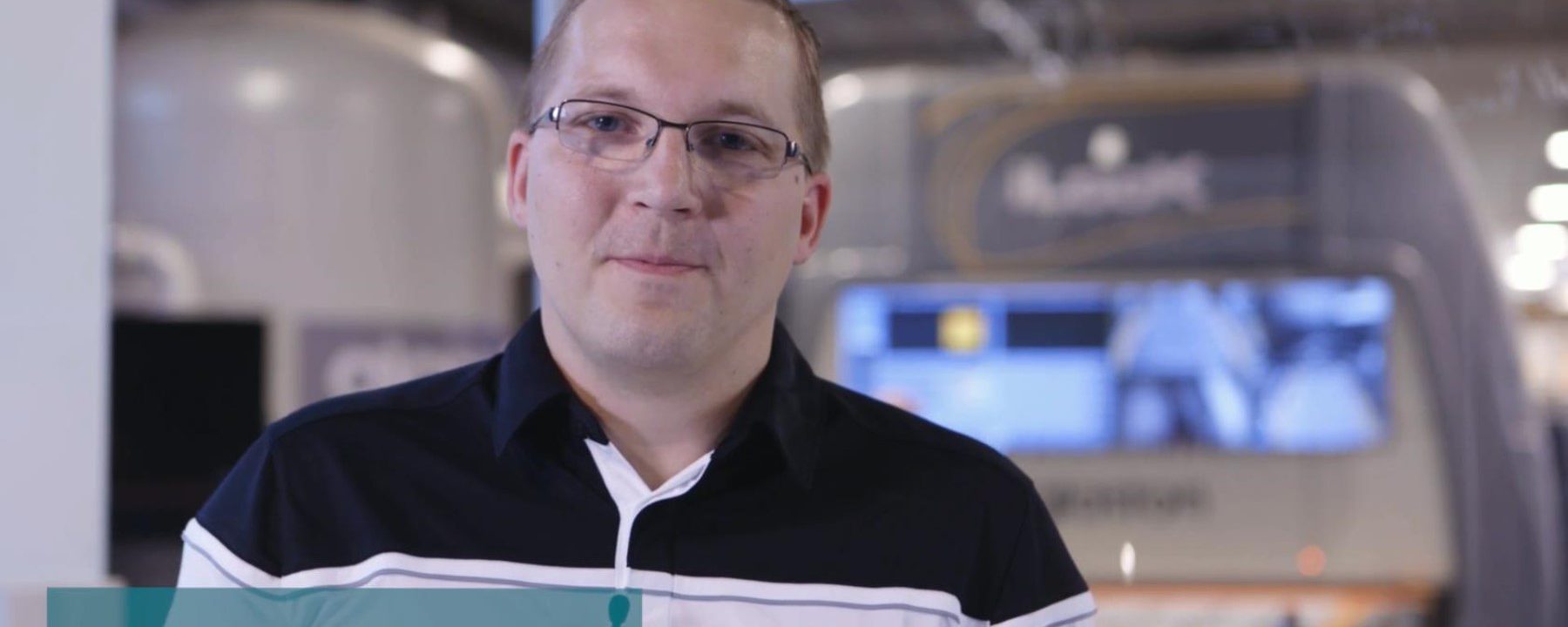
This week, we are dealing with the following two questions:
For this week’s questions, see our full video response below!
Usually, in the fragmented glass piece there is a different kind of roughness on the surface and the middle area of the glass piece. Therefore, you can see the white haze or the white area in the center of the glass. This happens because there is a compression on the surface and the tension in the middle, and when the glass breaks, roughness in the middle area and the surface is different. In the end, you can see the white area in the middle just because the light reflects differently there.
If we are using a coated glass, we usually don’t put the coated side against the rollers. If the coated side is on the rollers, it might get defects.
If the glass is a hard-coated, this possibility of getting defects might be a little bit less. But with soft-coated glass, there is a very high possibility that you will damage or get some defects on the coated surface.
Sign up for Glastory newsletter
We answer your questions about glass processing. Let us know your challenges and we promise to do our best to help you.
Dear sir, I am working on RC series glaston tempering machine. And I want to know sir how can I get quality temper glass. Double silver and triple silver glass( glass name superlite 70/40 double silver) can you give me good trick plz. I humbly requesting you sir.